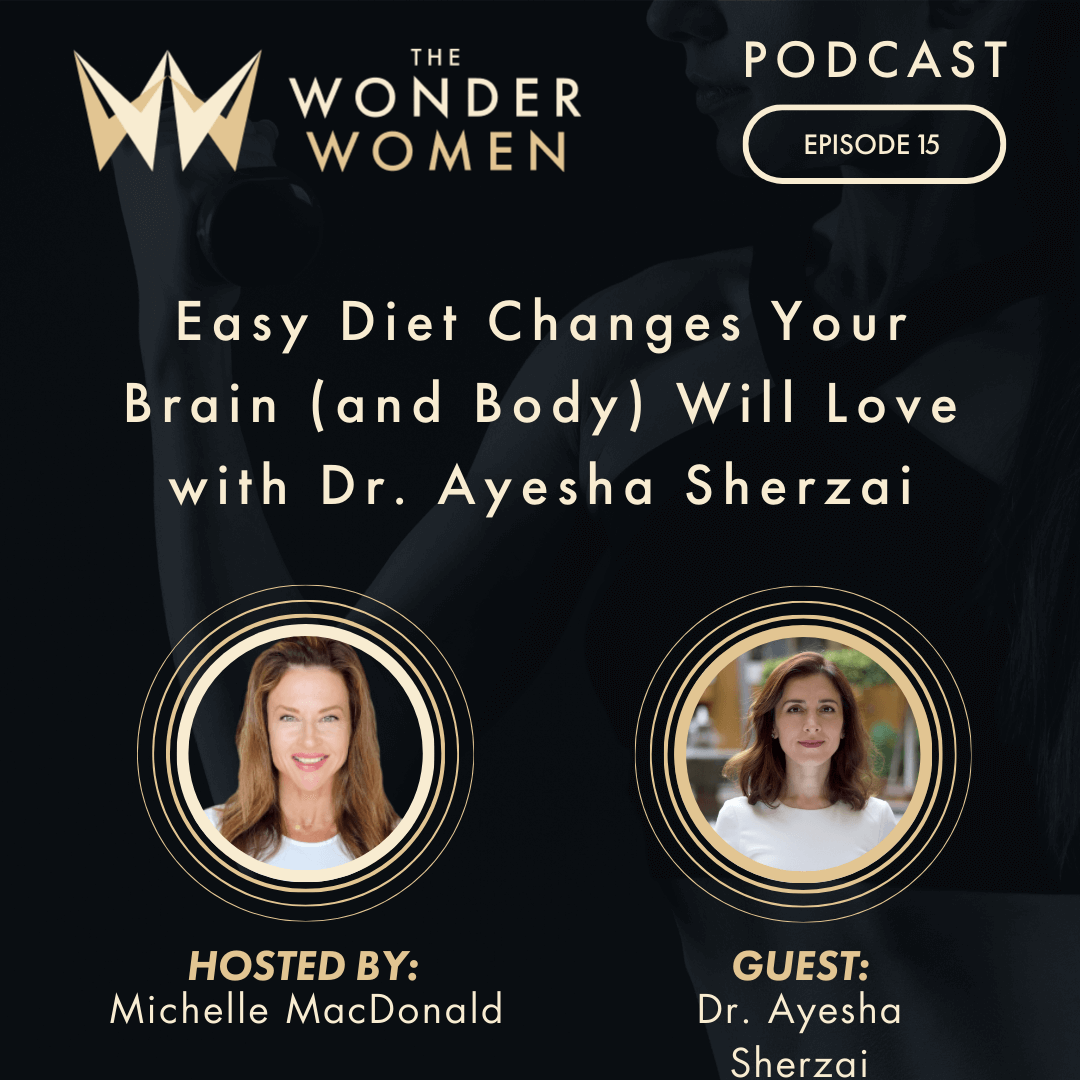Source: The Women’s Book by Lyle McDonald

A woman’s menstrual cycle can be anywhere from 24-32 days in duration, with Day 1 of the cycle occurring at the onset of menstruation. The remainder of the cycle is divided into 2 phases: follicular and luteal. Here we examine the hormonal changes that take place during these phases, as well as the implications they can have on appetite, cravings, mood, and training.
Please keep in mind that every woman is different in the way she experiences her cycle. There can also be enormous variations in the same woman from month to month. We encourage you to pay attention to your own cycle and to be your own best scientist by tracking factors such as energy, hunger, mood, strength, and digestion throughout the month. This will help you to understand your own highly unique patterns. There are many apps you can download that can help you keep track of your cycle.
THE FOLLICULAR PHASE
The follicular phase is the Iirst half of the cycle and lasts approximately 14 days. During this time multiple follicles develop in the ovaries. The second part of this phase – called the proliferative phase – is dominated by estrogen. This is when the lining of the uterus thickens, and one follicle eventually releases an egg, marking the
end of the follicular phase and the beginning of ovulation.
What happens hormonally during this phase:
Estrogen
Starts low, but eventually surges up and reaches its peak in the later part of the
follicular phase (right before ovulation)
Progesterone
Remains very low throughout the entire phase
Testosterone
Remains fairly consistent throughout a woman’s cycle, with a slight spike during
ovulation.
Implications on appetite, mood, strength and energy
The rise of estrogen, coupled with low progesterone, can have many positive effects:
- Estrogen can help control hunger via the hormone leptin. As a result,
cravings may become more manageable. - Estrogen also has a favourable impact on brain chemicals dopamine and
serotonin, which can further help reduce cravings, and have a positive impact
on mood in general. - Estrogen increases insulin sensitivity of cells, allowing for better uptake of
glucose from the bloodstream by the body’s cells.
Additionally:
- Some women notice strength increases in the Iirst part of the follicular phase.
- The spike in testosterone during ovulation can cause water retention in some
females.
THE LUTEAL PHASE
The release of the egg marks the beginning of ovulation and the luteal phase. Progesterone dominates the second half of the cycle, which is also called the secretory stage because it stimulates the glands of the endometrium to secrete
nourishment into the thickened lining of the uterus.
Both progesterone and estrogen drop off in the later part of this phase, and this is when premenstrual syndrome (PMS) typically occurs.
What happens hormonally during this phase:
Estrogen
There is a signiIicant drop in estrogen at the beginning of the luteal phase, before it starts climbing up again (though only to about half the levels of the follicular phase). Halfway through the luteal phase it starts to drop off once again, reaching its lowest level at the end of this phase, when PMS typically occurs.
Progesterone
Progesterone dominates the luteal phase (to a much higher degree than estrogen), and drops off only in the late part of this phase, when PMS typically occurs.
Testosterone
Remains fairly consistent
Implications on appetite, mood, strength and energy
With the rise in progesterone comes an increase in energy expenditure and resting metabolic rate. This can amount to anywhere from 100-300 extra calories burned daily. Progesterone can also increase insulin resistance to some degree, potentially causing blood sugar levels to become unstable.
With estrogen dropping off towards the later part of this cycle, there is a negative affect on leptin – the satiety hormone – and brain chemicals dopamine and serotonin. This may result in an increase in hunger and cravings during this phase of the cycle. Mood can also be affected.
The drop in progesterone at the end of this cycle may result in water retention. Women who eat high sodium diets at this time can experience extreme amounts of water retention and, as a result, signiIicant Iluctuations in scale weight.
Finally, some women notice a loss in strength during the last part of the luteal phase.
Self coaching is something we do everyday, but it’s especially relevant and impactful during our period. Here are some tips to help guide you:
- Start by tracking your cycle! This is so important. Doing so can help you understand when your body enters each phase, any resulting symptoms, and how to adjust accordingly. Every woman’s cycle is different and a multitude of
factors can play a role including the use of birth control, eating disorders, and medical conditions such as polycystic ovary syndrome (PCOS) or uterine Iibroids. - Track your metrics – this is not the time to avoid your metrics! Over time, trends will appear and for some women there is a very clear increase in weight as her period approaches. Knowing your cycle and tracking metrics gives you knowledge to mentally prepare and brace yourself and to be logical, not emotional, when it comes to scale Iluctuations and cravings around that time of the month.
- IUDs can cause the lack of a monthly period. But your cycle, and the accompanying hormone changes, is still working behind the scenes! IUDs prevent pregnancy by either the hormone progestin (hormonal IUD) or with copper (non hormonal IUD). Hormonal IUDs can also stop ovulation. Tracking your cycle can be a helpful tool for women with an IUD, but may be more challenging without a period. This is another reason why tracking metrics is key in observing hormonal trends without actually having a bleed.
- Remind yourself that planning your meals in MM is another tool in your arsenal to combat symptoms or to at least mitigate them and to give you power over your cycle. Certain foods, especially high FODMAP foods, can cause digestive bloating or upset around that time of the month. If you notice bloating, consider avoiding high FODMAP foods like cruciferous vegetables and dairy so you aren’t exacerbating that symptom – particularly in the luteal phase.
- If you have a heavier period, consider adding in more lean red meat and iron-rich foods to replenish your iron stores.
- Also related to food choices, learn your triggers when to comes to cravings, If having a couple squares of chocolate helps you to lessen those cravings then work that into your macros. But for some women having the same couple squares of chocolate may open a pandoras box. So be smart and really get in tune with the strategy that will work for you. It may be that working in a sweet option like Michelle’s Iluff is just what you need to satisfy while staying within your macros.
- Know the phase in which you are experiencing your symptoms is temporary. It WILL pass! You will feel far more empowered and liberated by sticking with your habits through that phase, than you will giving into the symptoms and eating outside your macros or letting habits or training slip.
- Lean into your habits and simplify. This is why we work our habits so hard in the ‘easy’ times because we need them to be on auto pilot during the tougher or more emotionally charged days that could arise during your cycle.
- Give yourself space. If you do experience emotional symptoms or mood changes, be proactive by taking more time for yourself and don’t sweat the small stuff to minimize stress. Let those around you know how you’re feeling and ask for help.
- Use a cycle tracker like FLO to help track and learn about your cycle and what is happened when.

